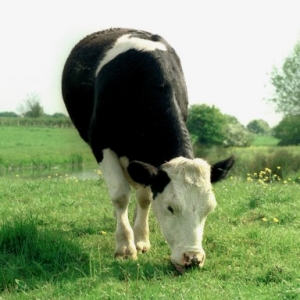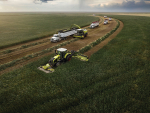LINCOLN UNIVERSITY research has found a wide variation in the number of viable and living micro-organisms in probiotic products used on dairy farms.
Faculty of Agriculture and Life Sciences scientists assessed the numbers and viability of micro-organisms found in four locally-sourced probiotic feed supplements.
In the dairy industry it is believed that the addition of microbial preparations to a cow's diet will help in maintaining healthy microbial populations in their gastrointestinal (GI) tracts.
Dr Malik Hussain, project team leader and microbiologist, says their results reveal there is a wide variation in the numbers of viable/living micro-organisms able to be recovered from the four probiotic products they tested.
"Probiotics products should contain live micro-organisms (bacteria and yeasts) when they enter the animal's digestive system." said Hussain.
"The variation in numbers of viable cells in the products we tested is concerning for dairy farmers who rely on probiotics to improve the gut health of their cows.
"Also, compounding the issue is that unlike a drug, a probiotic's effectiveness is largely determined by the farming system they are used in since if an animal is not depleted of native probiotic microbes or under disease pressure, a probiotic may not work.
"Our results suggest that the probiotic products we tested are highly variable so farmers using a probiotic must select and monitor how well it performs in their particular farming systems."
Dr Grant Bennett the microbiologist on the team says most common products marketed for ruminants (including dairy cows) contained the common live yeast (Saccharomyces cerevisiae).
"Live yeasts can improve performance by increasing the dry matter intake and thereby the milk production in dairy ruminants. The beneficial impact is attributed to greater total live bacterial populations in the rumen, stimulated growth and fibre-degrading activities of cellulolytic microorganisms leading to better fibre digestibility, stability of rumen pH and a decreased risk of acidosis," he says.
Dr Craig Bunt, team member and formulation scientist says as a result of this work, farmers will need to make decisions about what product best meets the needs of their production system.
Despite the opportunities that probiotics industry presents to agriculture they are not straightforward to use since it can be difficult to deliver a regular high dose of live microbes to animals economically and practically within a farming system.
In undertaking this research the team used a combination of culturing techniques and detection methods to determine the live and dead cells presence in these commercial products.











